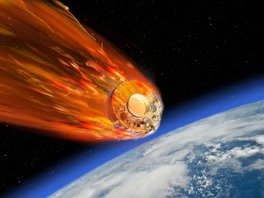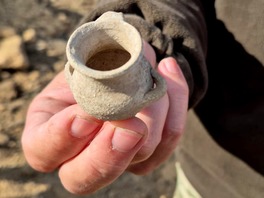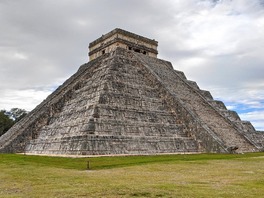Before the invention of radar during World War II, enemy military aircraft were detected by listening to "sound locators."
This is stated in the CNN article.
Researchers note that sound radars for detecting enemy aircraft once looked more like musical instruments.
These radars were called "war tubas". They were used during the World War I in France and Britain to detect German airships. The mechanical devices resembled large horns connected to a stethoscope.
"It was a development of artillery sound ranging," says war historian Phil Judkins.

What the device consisted of
The configuration of the device included three vertical tubes and an additional one on the side. The central tube and the side tube were used to determine the bearing of the aircraft, and the rest were used to estimate its height. The operators listened through a stethoscope and tilted the horns until they got the loudest sound.
"That will then give you the direction, and with a little trigonometry it will give you the height of the aircraft," Judkins said.

Sound locators were used near the front lines in conjunction with anti-aircraft guns, but their range was limited to a few miles.
To get a better range, the British also experimented with a static type of sound locator made of concrete in the shape of a dish or curved wall, known as an "acoustic mirror." Such devices were first tested on the southern and eastern coasts of England during World War I.
Earlier, we wrote about the largest dinosaur in history.






